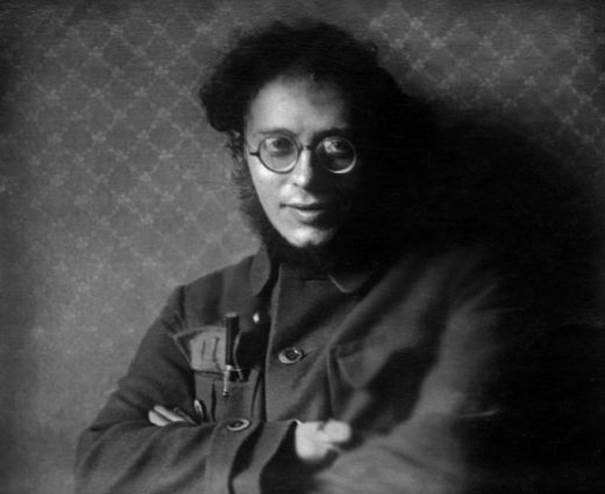Karl Radek: how the NKVD took revenge on the main author of jokes about Stalin

For retelling political anecdotes in the USSR, one could pay with freedom or even life. However, the author of the jokes about Stalin himself, journalist Karl Radek (Kopel Sobelson), avoided repression for the time being. However, in the end, his fate turned out to be no less tragic than that of other “pranksters”.
All-Union “Khoja Nasreddin”
At the beginning of the 20th century, Karl Radek was a well-known figure in the social democratic movement in Austria-Hungary and Germany. After the October Revolution, he moved to Russia and worked for the Comintern. After Lenin’s death, Radek supported Trotsky, for which he was expelled from the Bolshevik Party in 1927. His membership in the VKB(b) was restored in 1930 – for this purpose Radek had to write several “repentant” letters. In the 1930s, he worked as head of the Central Committee’s Bureau of International Information and was aware of all the most important political events.
While still living abroad, the journalist was famous for his ability to joke. He even took the pseudonym Radek in honor of a humorous character in Austrian newspapers. In the USSR, he was compared to Khoja Nasreddin, a merry joker from the folklore of Central Asia. In fact, Radek continued rather the tradition of Jewish humor. For example, he is the author of the famous phrase “Moses led the Jews out of Egypt, and Stalin out of the Politburo.” It was the “father of nations” who was the object of most of the jokes and anecdotes attributed to Radek.
“It is difficult to argue with Comrade Stalin,” Radek asserted, “You quote him, he sends you an exile.”
The party activist was referring to an episode of his own biography – a forced stay in Krasnoyarsk in 1927-1930. Radek told anti-Soviet anecdotes at personal meetings, during official events, and at guests. In society, these jokes were spread “from the top down” – from the communist nomenklatura to the common people. And what Radek himself could get away with could “bring a worker or a peasant under the article.” A large part of Radek’s puns are recorded in the reports of the NKVD. However, in the face of Stalin himself, Karl Radek did not dare to make witticisms. On the contrary, he tried in every possible way to please the dictator.
“For a long time, Stalin treated him well for his shameless but slippery flattery,” the playwright Alexander Gladkov wrote of Radek.
Disgrace and death
Radek was not arrested for jokes. In 1936, he was accused of participating in the “Parallel Anti-Soviet Trotskyist Center.” “Khoja Nasreddin” even laughed at his accomplices at the trial. What he confessed to sounded so ridiculous that some people even believed that Radek had been replaced by a make-up actor. It is possible that in this way he was secretly ridiculing the Stalinists. Radek was sentenced to 10 years in prison, but he served only 3 years of it.
On May 19, 1939, the former secretary of the Executive Committee of the Comintern died in the Verkhneuralsk detention center at the hands of other prisoners. According to the administration report, Radek was hit hard with his head on the floor. Officially, the culprit was “the Trotskyite Varezhnikov,” who allegedly attacked Radek and tried to strangle him. In 1956, the KGB launched an investigation into the circumstances of the Social Democrat’s death. It turned out that Lavrentiy Beria personally ordered Lavrentiy Beria to liquidate Radek. From the materials of Nikolai Shvernik’s commission, it follows that the NKVD operative Pyotr Kubatkin arrived in Verkhneuralsk. Under his leadership, the criminal Martynov was infiltrated into the cell, but he, having provoked a fight, could not kill Radek.
The operation was successful only on the second try, and according to the same scenario. The role of “Trotskyist Varezhnikov” was played by the former commandant of the NKVD of Chechen-Ingushetia, Ivan Stepanov. The liquidation of Radek became a pass to freedom for him – the murderer was released from prison in November 1939 with the official wording “for carrying out a special task.” Subsequently, Stepanov served in SMERSH. Pyotr Kubatkin, on the other hand, soon received a noticeable promotion, heading the NKVD Directorate for the Moscow Region.
Karl Radek was posthumously rehabilitated and reinstated in the Communist Party only in the late 1980s, just at the time when the political anecdotes he had once written began to be actively published in the country.
